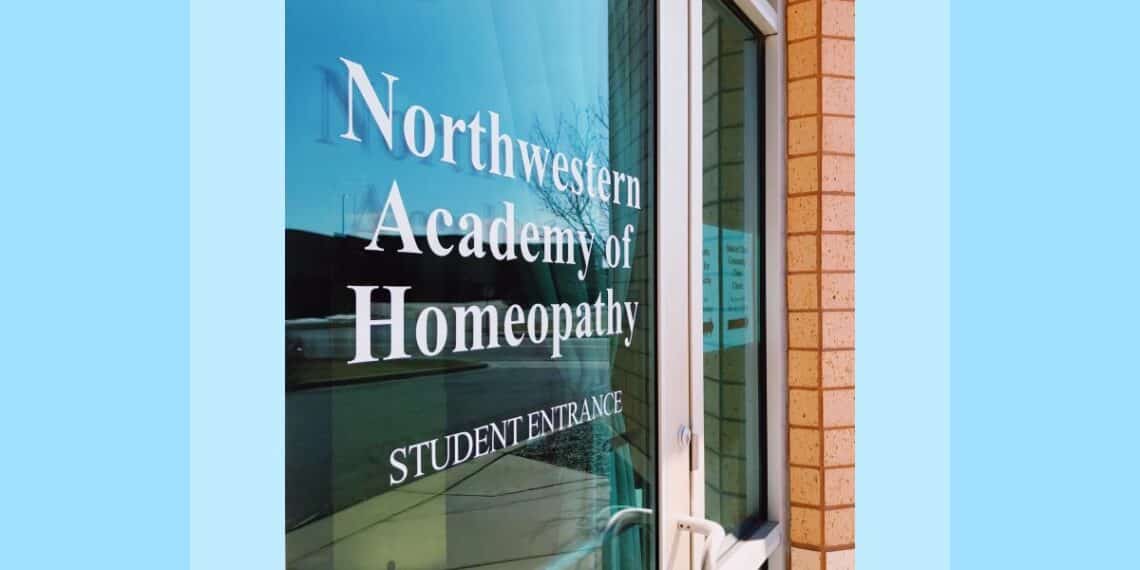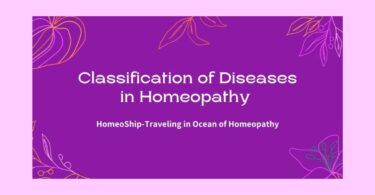ARTICLE
Among his many writings, Samuel Hahnemann understood and described two primary issues facing the homeopathic practitioner: the necessity of being an “unprejudiced observer” when taking the case of the patient and the importance of discerning the mental/emotional state of the patient when considering the correct remedy. This year the Northwestern Academy of Homeopathy introduced a new curriculum to their students that acknowledges Hahnemann’s awareness of these issues. The course is called “The Clinical Training Homeopathy Course for Homeopaths” and it focuses on the skills needed to become a professional practitioner of homeopathy, in addition to providing a basis for understanding mental health and psychological development.
The most significant ingredient in the process of healing is the relationship between the healer and the client. This relationship needs to be one of trust, commitment, and respect. The healer has the intention to heal and the client has the intention to be healed. In the ideal relationship, the process of healing leads to both parties changing in the direction of health. In order to be an effective healer, it is necessary to learn how to be a clinician. This knowledge is especially true in our community of homeopaths who are challenged in their right to practice by the medical community and who are doubted in their ability to practice by the unknowing consumer.
One of the most interesting and challenging aspects of the relationship between the homeopath and client is that, although there are two individuals in the relationship, the dynamics are not dyadic. The homeopathic consult involves a relationship between three primary components: the practitioner, the client and the remedy. This relationship is unique and very different from the medical and the psychotherapeutic model because it involves the dynamics of the vital force as it is expressed in all three components. A homeopathic practitioner must be able to perceive the remedy state as separate and different from the client’s healthy state. In order to accomplish this, the homeopath needs to have an awareness of self, an awareness of other and knowledge of Materia Medica.
The purpose of this Clinical Training Course is to provide students with the fundamentals of how to become a clinician in the generic sense and a homeopath in the specific sense. The underlying theme of the course is working with the concept of how self-awareness leads to clarity in perception of a client’s state. It is through self-awareness that the student learns how to traverse the difficult path towards being “unprejudiced”.
Self-awareness is a complicated process to teach to a beginning student. This course attempts to help students develop this attribute by learning how to become a professional homeopath. The course addresses the issue of becoming a clinician, by learning basic aspects of the client/practitioner interaction. Some of the clinical learning draws on fundamentals of psychotherapy, but is presented in a format that is geared toward the homeopath. It is emphasized that the practice of homeopathy is not psychotherapy and interventions appropriate for a psychologist are not desirable in the healing relationship between homeopath and client. In learning how to become an unprejudiced observer, the concepts of transference and countertransference are introduced and case examples are used extensively.
This course emphasizes professional ethics as the basis for establishing trust between the practitioner and the client and for solidifying the credibility of the homeopath in the community of healing practitioners. The course has the goal to create a community of homeopaths who respect and treat each other as colleagues and who learn to interact respectfully with other healing practitioners in their community.
This model for teaching professional development is summarized by the words “understanding, love, responsibility, intervention”. Basically, it captures the profound interaction that takes place in every client/practitioner encounter, an encounter that will hopefully change both people and will often lead to a relationship of healing that lasts years and spans generations. Our first task is to understand our clients. Each time we meet with them, our primary task is to understand them a little better and deeper, and to be able to give them the experience that they are being understood. This aspect alone is healing before we ever give a remedy. Once we begin the process of understanding the client, we feel “love” for them. This element of compassion is essential for any healing to take place. If we cannot feel love, we need to look at ourselves and see what is blocking our compassion. Once we have started to understand the client and to feel compassion, we can accept our responsibility of being a healer and establish clear boundaries regarding the nature of our relationship. When these three elements have been put into place, we can make an intervention; prescribe a remedy, suggest a referral, recommend waiting. I would like to use this model in helping the student learn the basics of becoming a professional, a clinician and a homeopath.
The second part of the curriculum is designated as “Psychology, Mental Health and Development”. In this part of the course, basics in psychological diagnostics are taught and a bridge between the Diagnostic Statistical Manual and homeopathy is made. Students are introduced to the standard diagnostic categories used by psychiatrists and psychologists. Special emphasis is put on understanding how clients present themselves in case taking and how to move beyond the compensated self. Some dream analysis is done from the perspective of understanding the movement of the vital force. In addition, the basics of human psychological development are taught and the importance of attachment theory is presented. All aspects of the psychology curriculum are presented with cases and some group work is done to help solidify the material.
This curriculum was developed and taught by Barbara Levin Krupp, PhD, LP
Classical Homeopath graduate of NAH.





Kindly give details for course and admission, lenghth, fee etc.
I’ve always felt that psychology and homeopathics were a marriage made in Hanneman heaven. Kudos to you Barbara Krupp.
Sankaran says is nicely in that there is no “Why” in homeopathy, only “What is”….
All we have to do is observe, be dumb (ie. no pre-conceptions), and the patient will lead you to the remedy.
Cool.
plzz give details of these course, admission process, length and fees. is it available for online?